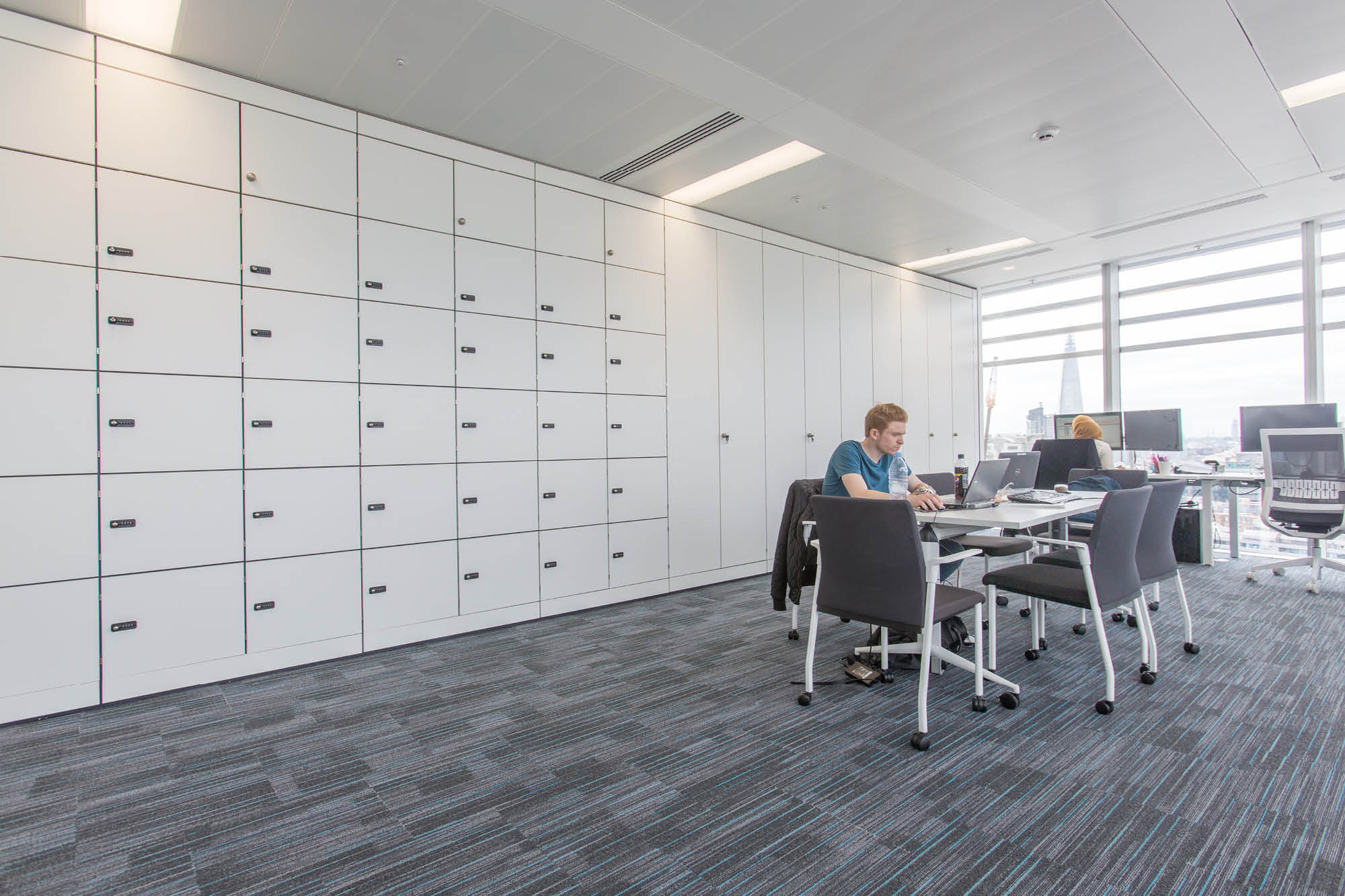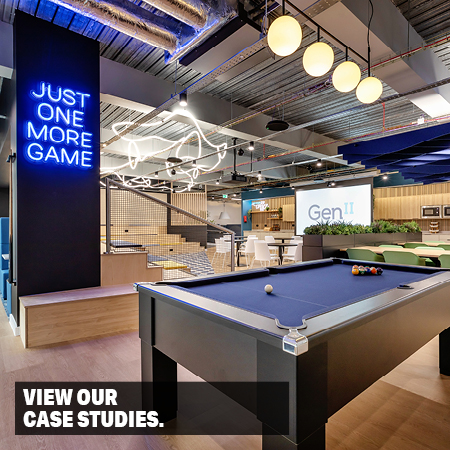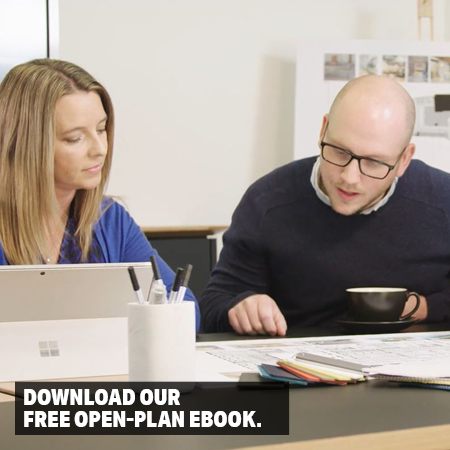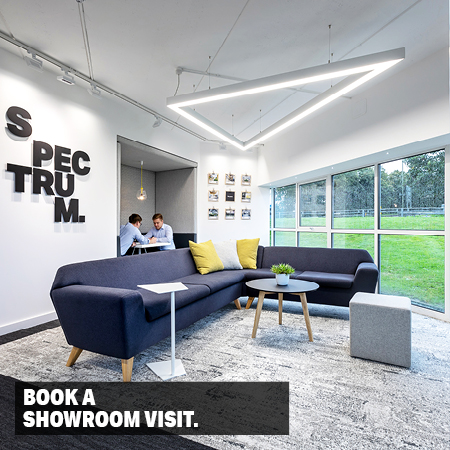WHAT IS HYBRID WORKING?
Hybrid working is a flexible work model where employees split their time between home and the office. It allows businesses to balance collaboration, productivity, and employee well-being while optimising office space.
A simple definition could be:
"A work style that combines working from home with working in the office, allowing employees to choose the most effective environment for their tasks."
Hybrid working is a natural evolution of flexible working, accelerated by technological advancements and changing workplace expectations.
WHAT ARE THE BENEFITS OF HYBRID WORKING?
For Employees:
- Better work-life balance – Less commuting, more flexibility
- Increased productivity – Ability to focus on deep work at home
- Improved well-being – Reduced stress and more autonomy
For Employers:
- Cost savings – Lower office space and operational costs
- Higher employee satisfaction – Increased retention and engagement
- Greater talent attraction – Access to a wider talent pool
- Enhanced sustainability – Reduced carbon footprint from commuting
WHAT IS THE RIGHT RATIO OF HOME TO OFFICE WORKING?
There is no fixed formula for hybrid working. The right balance will vary based on:
- Company goals and industry – Some roles require more office presence
- Employee job functions – Creative or collaborative roles may need more in-office time
- Individual preferences – Some employees work better remotely, while others thrive in an office setting
A common model is the 3:2 ratio (three days in the office, two days remote), but flexibility is key.
Many companies are also adopting activity-based working (ABW)—where employees choose their workspace based on their task, whether that’s at home, a quiet area in the office, or a collaborative space.
HOW DO YOU CREATE A HYBRID WORKING OFFICE?
A hybrid workplace is designed to support flexibility, collaboration, and efficiency. Here’s what needs to change:
1. Redesigning Office Space
- Fewer assigned desks – Move towards hot desks or shared workstations
- Collaboration zones – Spaces for brainstorming, project work, and team meetings
- Quiet areas – Pods or booths for focused work
- Social hubs – Areas to foster informal connections and team bonding
2. Implementing the Right Technology
- Cloud-based tools – Microsoft 365, Google Workspace, Slack, and project management software
- Video conferencing solutions – Zoom, Microsoft Teams, and hybrid meeting rooms
- Desk booking systems – Software for managing office attendance
3. Shifting to Outcome-Based Management
- Focus on results, not hours worked – Productivity should be measured by outputs, not by presence
- Empower employees – Give them autonomy to choose the best working environment for their tasks
4. Strengthening Company Culture
- Regular team meetups – Foster collaboration and social connections
- Virtual engagement – Online check-ins, digital recognition, and team-building activities
- Leadership visibility – Encourage managers to lead by example in hybrid settings
WHAT TASKS SHOULD STAFF DO IN THE OFFICE?
The role of the office is shifting from a daily workplace to a collaborative and social hub. Employees should come in for:
1. Collaboration & Brainstorming
Face-to-face interaction is often more effective for idea generation, strategy sessions, and problem-solving.
2. Team Meetings & Project Work
While virtual meetings are useful, in-person discussions improve engagement and decision-making.
3. Training & Development
The office is essential for onboarding new employees, mentoring, and informal learning. Junior staff benefit from observing and interacting with more experienced colleagues.
4. Social Interaction & Culture Building
The office is where team bonding, networking, and cultural alignment happen. Those water cooler conversations are valuable for knowledge sharing and relationship building.
WHAT TASKS SHOULD STAFF DO AT HOME?
Home is best suited for deep-focus work and tasks that require minimal distraction, such as:
- Individual work – Writing, coding, designing, or analysing data
- Virtual meetings – Routine check-ins or project updates
- Admin tasks – Email management, documentation, and planning
While virtual meetings are convenient, they may not be as effective for brainstorming or high-energy discussions.
Legal Considerations for Home Working
Employers must ensure home workspaces comply with health and safety regulations, including:
- DSE (Display Screen Equipment) assessments – Ensuring ergonomic home setups
- Mental health support – Providing access to well-being resources
How to Transition to Hybrid Working
Step 1: Consult Employees
- Survey staff preferences – Understand their ideal work setup
- Identify challenges – Address concerns about remote work and office space
Step 2: Assess Office Space
- Determine if you need less space or a different layout
- Introduce hot desking, meeting areas, and quiet zones
Step 3: Update HR Policies & Training
- Adapt KPIs to focus on output, not hours worked
- Provide guidelines on hybrid work expectations
- Train managers on leading hybrid teams effectively
Step 4: Invest in Technology
- Ensure secure remote access to company systems
- Implement collaboration tools like Slack, Microsoft Teams, or Asana
Step 5: Monitor and Adapt
- Regularly review productivity and employee feedback
- Adjust policies and office layouts based on real-world usage
COMMON CHALLENGES & HOW TO OVERCOME THEM
1. Maintaining Team Cohesion
Solution: Schedule regular in-office team days and virtual social events.
2. Ensuring Fairness
Solution: Create clear hybrid work policies that apply to all roles fairly.
3. Preventing Burnout
Solution: Encourage healthy work-life balance and set clear boundaries for remote work.
4. Managing Hybrid Meetings
Solution: Invest in video conferencing tools that ensure remote participants are equally engaged.
FINAL THOUGHTS: THE FUTURE OF HYBRID WORK
Hybrid working is not just a trend—it’s the future of work. Companies that successfully transition will benefit from:
- Happier, more productive employees
- Optimised office space and cost savings
- Greater flexibility and resilience
By taking a strategic approach, businesses can create a hybrid work environment that supports both employee well-being and company growth.
Is your business ready to embrace hybrid working? Start planning today.
WANT TO LEARN MORE?
Looking for expert advice on designing a hybrid office fit-out? Contact us for a consultation on creating a workspace that supports modern working styles.
FREE INITIAL CONSULTATION
Are you one of the many companies that are wondering how their office space should change - but not sure where to start?
If you want expert advice and assistance in making the transition to a new way of working for your company then get our workplace consultancy team involved.
To schedule an initial free consultation then give us a call on 023 9248 9933 or fill in the contact form.




